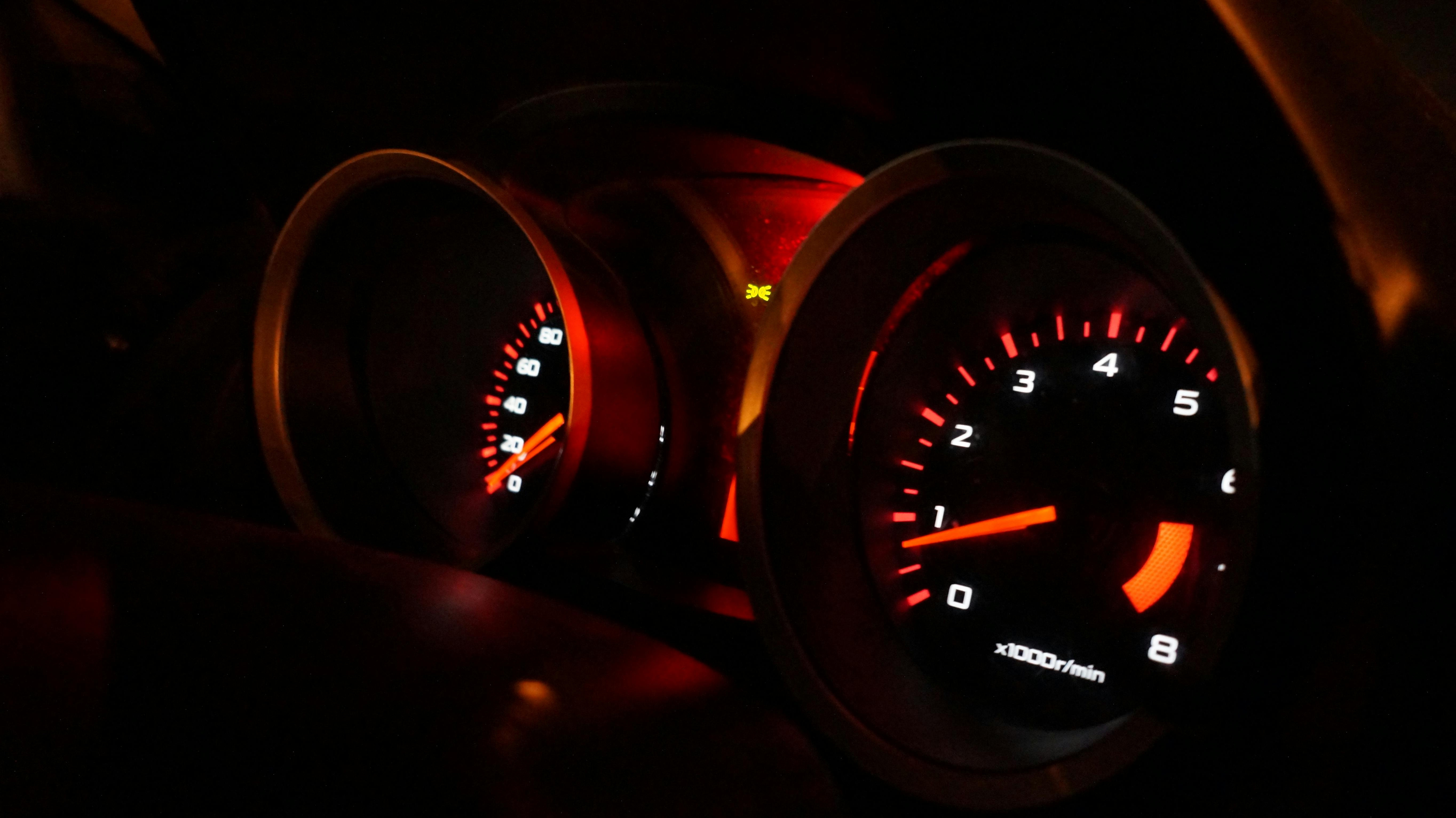British artist David Hockney (b. 1937) is the best known and most versatile of all 20th century artists. He has not only been a great painter, but has also contributed greatly to other creative fields, such as photography, set design, and drawing. Earlier work of his depicted the material realities of everyday life. He also painted several portraits. However, for the past few years, Hockney has been completely carried away by landscapes, making them his main inspiration for coloring his canvas. The most famous of these is his “Largest Trees near Warter”.
“Bigger Trees Near Warter” is an oil painting made from 50 canvases. It is Hockney’s largest painting to date. Measuring 45ft wide and 15ft high, the painting grandly depicts a grove of sycamore trees in East Yorkshire. The painter’s goal is to capture the movement of light through the branches of the trees. The English countryside featured in the masterpiece includes numerous sycamore trees in rows, with a huge tree in the foreground. The long branches of this tree stretch across the expanse of the painting. There is a path that curves to the left side of the trees and on the right side, a couple of small brown and blue houses are shown. Some daffodils are also visible in the foreground.
To paint a landscape, Hockney drives to the location of his choice, in his truck loaded with paints and canvases. He spends a few hours assimilating the beauty of the place, visually and emotionally feeling every corner that he intends to paint. He then quickly transfers to the canvas the entire scene that remains captured and locked in his mind. The colors and vibrancy of his paintings speak volumes to David’s depth of observation. The same was his modus operandi with “Bigger Trees near Warter”.
In “Bigger Trees Near Warter”, the reflected liveliness shows the painter’s great passion for art. The wonderful painting adorned an entire wall of the Royal Academy. In creating him, in addition to traditional painting tools such as eyes and hands, Hockney also made use of modern digital technology. He understood that an image of such enormity could not be made perfectly without using computers. Therefore, his assistant Jean-Pierre continued to take photographs of the painting, while Hockney continued to work on it.
These photographic images were later adjusted to create a computer mosaic of the entire painting. This gave the painter the opportunity to look at his work in its entirety, as if he were stepping back to look at his canvas. Hockney donated the large painting to Tate Britain in April 2008, which would no doubt have made millions if it had been put up for auction.
